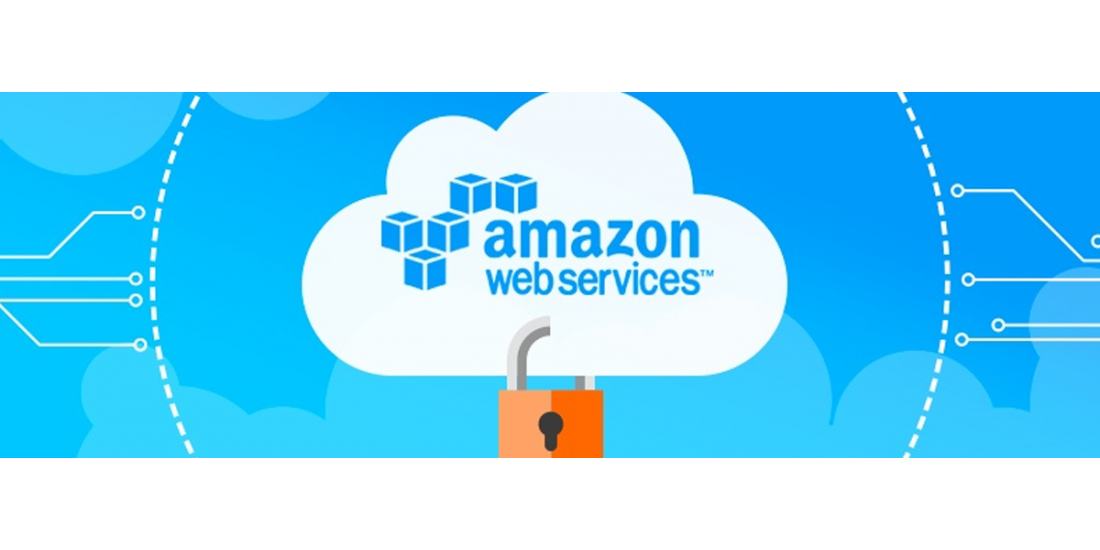
AWS Security – Best Practices
The main benefits of cloud computing for businesses of all sizes are flexibility, cost savings, and the time saved by enterprises allowing them to focus on differentiating tasks that have added value for their customers. The benefits of migrating to the cloud are apparent, but some questions need to be addressed in order to do so efficiently and securely. You must keep in mind that the cloud model requires to configure the security of each machine, and in particular, what it can access.
Experts recommend using cloud security as the first layer of protection as much as possible: AWS by default offers a very high level of security and far superior to what can be achieved internally, but it is up to the user to configure the security rules to restrict access to what is strictly necessary.
What does AWS do?
The AWS console allows the enterprise to subscribe to the various services offered by AWS and to deploy infrastructures in the AWS Cloud. Obtaining access to this console can lead to giving access to all the systems and data deployed in the cloud, or even allowing the installation of “pirate” infrastructures within its cloud if no measure is taken to secure access. When a company deploys its infrastructure on AWS, it must think of segmenting its users according to several profiles and adapting its access rights.
For example, some users, such as developers, will deploy services or virtual servers in a space dedicated to development. It is not necessary to give them access to the entire infrastructure logs nor access to areas devoted to production, for example.
It is necessary to define a policy defining the rights of access to the services available on the AWS Console according to operational needs and the need to know them. To simplify the management of user accounts, the establishment of profiles and Roles within the framework of this policy is highly recommended. Here are some of the AWS Security Best Practices that you can apply to protect your cloud network.
- Activate the MFA (Multi-Factor Authentication) because the primary cause of the hijacking of the AWS Root account is that it had just a password for security and no MFA.
- Change your password every six months, and you will need to create a user and give him administrator rights. After that, you will only log in with this user and not the Root account.
- Use the AWS Root account only when specifically needed. For example, when activating certain services or specific functionalities of the platform.
- Use AWS Firewall to prevent web exploits of web applications. Make sure that you are securing every network with virtual firewalls instead of securing one network only. AWS Firewall also breaks the frequent cyberattacks, including cross-site scripting and SQL injection.
- Make it possible to trace each and every activity done on your network. It is essential for you to check which user did what kind of activity. You just need to be strict with the access control on your network.
- The Access of the Cloud Network should be limited between the Security provider and the client.
- Keep updating your AWS security in order to avoid data breaches and avoid accidental data exposures from the misconfiguration of Amazon Simple Storage Service.
- You can use third-party security solutions such as Intrusion Detection System and Intrusion Protection System to protect your Elastic Compute Cloud.
AWS is vital for offering beneficial security solutions to its users. Yet it is complex to protect the security of the platform from potential threats, and hence it requires skillful resources to deal with cyber threats. We shall keep in mind it is a shared responsibility model wherein AWS does the excellent job of security and protecting their infrastructure. Still, users need to understand their responsibility and do their part.
Sharing Security Responsibility for AWS Services
AWS is continuously launching new AWS services and adding features to existing services. The number and types of services offered by AWS have increased dramatically.
 If you refer to the image, it clearly depicts AWS’s shared responsibility model. It discusses the model in depth for different categories of AWS services: Infrastructure Services, Container Services, and Abstracted Services. It will help you to understand, customize AWS security controls for your organization, and help build a more efficient security posture depending on the services you consume.
If you refer to the image, it clearly depicts AWS’s shared responsibility model. It discusses the model in depth for different categories of AWS services: Infrastructure Services, Container Services, and Abstracted Services. It will help you to understand, customize AWS security controls for your organization, and help build a more efficient security posture depending on the services you consume.

